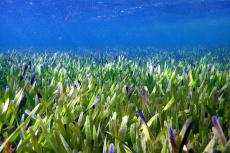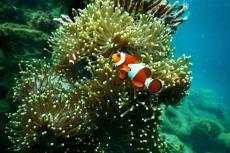Dolphins ‘Smile’ at Each Other When They Play
A recent study has shed new light on playful communication in bottlenose dolphins, revealing that these marine mammals might have more in common with primates and land carnivores than has been thought. Researchers have found that dolphins use visual signals, particularly an “open mouth” display similar to smiling, to communicate during social play.
The study found that dolphins displayed the open-mouthed gesture more frequently during interactions with others than when playing alone. Even more interestingly, they tended to use this gesture when their playmate could see them, suggesting that dolphins are aware of their friends’ attention and adjust their behaviour accordingly.
The gesture used in response
When a dolphin sees another making the open-mouthed gesture, it will often respond with the same expression. This rapid mimicry is similar to what has been observed in other socially cooperative mammals, hinting at deep-rooted communication skills across different species.
But what does this similarity mean? It could point to two possibilities: shared evolutionary roots, or a case of different species independently developing similar communication strategies over time. While it’s hard to know for sure, the presence of such behaviour across various species of mammals highlights the role of visual signals, not only in play but also in social interactions.
Insight into animal communication
It has already been established that dolphins have an extremely complex way of communicating using sounds; though it has not been studied in many wild species, their vocabulary may include over a hundred different sounds. They are among the species whose vocabulary and communicative skills may actually be used as a language.
The new insight into dolphin behaviour adds to our understanding of their communication, and suggests that playful interaction is far from being simple or trivial—it is a sophisticated social exchange that transcends species and environments.
The open mouthed, smiling gesture has only been seen in dolphins in captivity, so the next challenge is to observe it in wild dolphins.






























